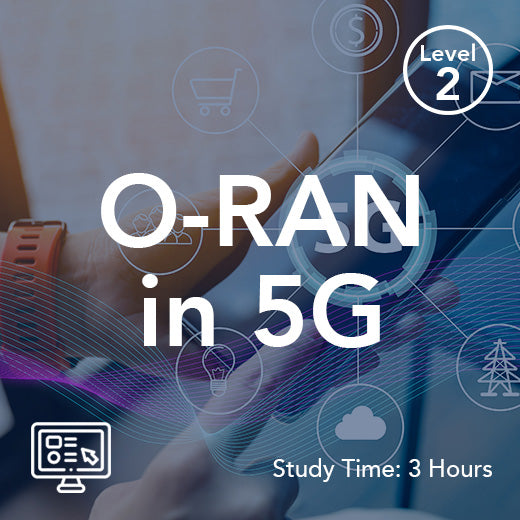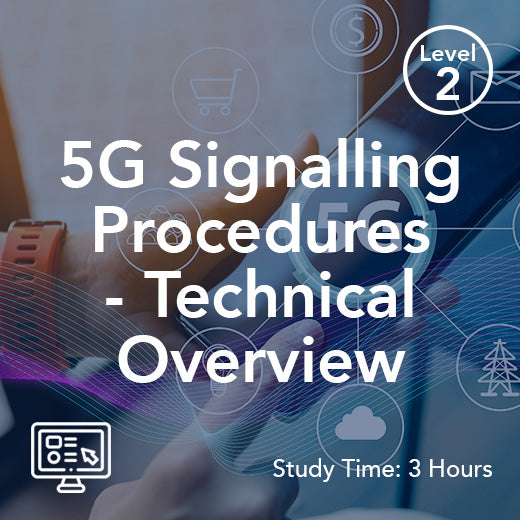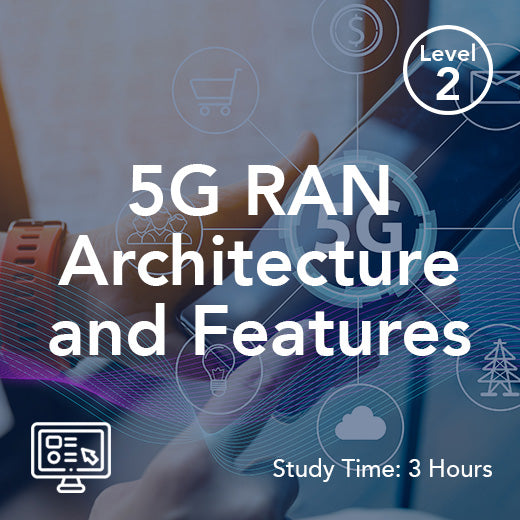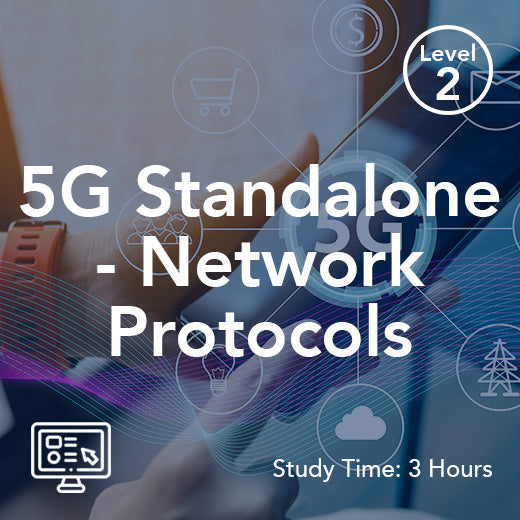Demistificare la VCL nelle telecomunicazioni: una guida pratica per tutti
- , di Stephanie Burrell
- 8 tempo di lettura minimo
Nel mondo in continua evoluzione delle telecomunicazioni, il termine VCL potrebbe sembrare un altro termine gergale, ma è un concetto essenziale che è alla base di gran parte della tecnologia che utilizziamo quotidianamente. Mentre esploriamo le complessità delle moderne reti di comunicazione, comprendere la VCL nelle telecomunicazioni diventa sempre più cruciale sia per i consumatori che per i professionisti. Questa guida mira ad analizzare le complessità della VCL, offrendo informazioni chiare sul suo ruolo e significato nel settore. Dai suoi principi di base alle sue applicazioni pratiche, sveleremo come VCL contribuisce alla connettività senza soluzione di continuità che spesso diamo per scontata. Unisciti a noi mentre intraprendiamo un viaggio per demistificare questa componente fondamentale dell'infrastruttura delle telecomunicazioni.
Comprendere VCL nelle telecomunicazioni
Per comprendere la VCL nelle telecomunicazioni è necessario comprenderne i concetti fondamentali e riconoscere il suo impatto trasformativo sulle reti di comunicazione. Questa sezione fa luce sui principi di base e dissipa le idee sbagliate comuni sulla VCL, ponendo le basi per un'esplorazione più approfondita dei suoi componenti e delle sue applicazioni.
Le basi della VCL
VCL , o Virtual Circuit Layer, è un elemento fondamentale nelle reti di telecomunicazioni. Facilita la creazione di un percorso virtuale per la trasmissione dei dati, garantendo che i pacchetti arrivino in sequenza e senza errori. Fondamentalmente, VCL fornisce un percorso di comunicazione affidabile ed efficiente .
I circuiti virtuali differiscono dai circuiti fisici in quanto consentono connessioni multiple su un singolo collegamento fisico, migliorando l'efficienza della rete. Comprendendo questi principi, gli utenti possono apprezzare il modo in cui VCL mantiene una connettività senza soluzione di continuità.
In sintesi :
Circuito virtuale : collegamento logico in una rete.
Scopo : garantisce la consegna affidabile e sequenziata dei dati.
Vantaggio : connessioni multiple su un collegamento fisico.
Tali intuizioni demistificano le complessità della VCL, rendendola più accessibile a utenti e professionisti.
Come VCL trasforma le telecomunicazioni
Il potere di trasformazione di VCL nel settore delle telecomunicazioni risiede nella sua capacità di ottimizzare la trasmissione dei dati. Stabilendo percorsi virtuali, VCL migliora la velocità e l'affidabilità della comunicazione, fondamentali per il mondo odierno basato sui dati.
Considera una rete in cui i dati devono essere trasmessi in modo efficiente. VCL garantisce che i pacchetti vengano consegnati in modo ordinato, riducendo la latenza e migliorando l'esperienza dell'utente.
Principali vantaggi :
Maggiore velocità : i dati viaggiano più velocemente su percorsi ottimizzati.
Affidabilità : mantiene l'integrità e l'ordine dei dati.
Efficienza : riduce al minimo la congestione della rete.
Attraverso questi miglioramenti, VCL svolge un ruolo fondamentale nel soddisfare le esigenze delle moderne telecomunicazioni.
Idee sbagliate comuni sulla VCL
Nonostante la sua importanza, persistono diverse idee sbagliate sulla VCL. Un mito comune è che VCL sia sinonimo di tecnologia obsoleta. In realtà VCL continua ad evolversi, integrandosi con i sistemi moderni.
Un altro malinteso è che l'implementazione della VCL sia eccessivamente complessa. Sebbene richieda competenze tecniche, i vantaggi superano le sfide.
Sfatate le idee sbagliate :
Tecnologia obsoleta : VCL è in continua evoluzione.
Implementazione complessa : con il giusto approccio, l'integrazione è gestibile.
Utilizzo limitato : VCL è versatile e ampiamente applicabile.
Queste intuizioni aiutano a dissipare i miti, ampliando la comprensione dell'importanza odierna di VCL.
Componenti chiave di VCL
L'esplorazione dei componenti chiave di VCL fornisce informazioni sugli elementi hardware e software cruciali per la sua implementazione. Questa sezione approfondisce i requisiti necessari per sfruttare efficacemente VCL all'interno delle reti di telecomunicazioni.
Requisiti hardware
L'hardware è parte integrante di VCL e fornisce l'infrastruttura fisica necessaria per i circuiti virtuali. Router e switch sono essenziali poiché gestiscono l'instradamento dei pacchetti di dati e garantiscono percorsi di comunicazione efficienti.
Per configurare VCL, le reti di telecomunicazioni richiedono hardware robusto in grado di gestire elevati volumi di dati. Affidabilità e velocità sono fondamentali, rendendo fondamentale la scelta dell'hardware.
Componenti hardware chiave :
Router : dirigono i pacchetti di dati alla loro destinazione.
Interruttori : collega i dispositivi all'interno di una rete.
Cablaggio : garantisce una trasmissione dei dati veloce e affidabile.
La scelta dell'hardware giusto garantisce l'efficienza e la longevità della rete.
Elementi essenziali del software
Mentre l'hardware costituisce la spina dorsale, il software è il cervello dei sistemi VCL. Le piattaforme software gestiscono i circuiti virtuali, garantendo che i dati vengano trasmessi in modo accurato ed efficiente.
Il software VCL deve essere robusto, scalabile e facile da usare. Dovrebbe integrarsi perfettamente con i sistemi esistenti per fornire un’esperienza di rete coesa.
Funzionalità essenziali del software :
Scalabilità : si adatta alle crescenti richieste di rete.
Usabilità : interfacce intuitive per una facile gestione.
Integrazione : funziona con i sistemi di rete esistenti.
Un software adeguato garantisce il buon funzionamento di VCL, migliorandone i vantaggi.
Implementazione di VCL nelle telecomunicazioni
L'implementazione della VCL nelle telecomunicazioni implica un approccio strategico che comprende sia la pianificazione che l'esecuzione. Questa sezione descrive i passaggi per un'integrazione di successo e affronta le sfide comuni affrontate durante il processo.
Passaggi per integrare VCL
Un'integrazione efficace della VCL richiede un approccio strutturato. Ecco una guida passo passo per implementare VCL nelle reti di telecomunicazioni:
Valutare le esigenze di rete : comprendere l'infrastruttura attuale e determinare i requisiti VCL.
Seleziona hardware e software appropriati : scegli i componenti che soddisfano le esigenze della rete.
Pianifica il layout della rete : progetta il modo in cui i circuiti virtuali interagiranno all'interno della rete.
Testare il sistema : eseguire simulazioni per garantire un funzionamento senza interruzioni.
Implementare e monitorare : distribuire il sistema e monitorare continuamente le sue prestazioni.
Il rispetto di questi passaggi garantisce un'integrazione fluida della VCL, massimizzando l'efficienza della rete.
Superare le sfide dell’integrazione
Le sfide nell'integrazione VCL sono comuni ma gestibili con una pianificazione adeguata. Spesso sorgono problemi di compatibilità e complessità tecniche che richiedono soluzioni strategiche.
Per superare questi ostacoli, le reti di telecomunicazioni dovrebbero:
Condurre test approfonditi : identificare e risolvere i problemi prima della distribuzione completa.
Coinvolgere professionisti qualificati : utilizzare le competenze per navigare in installazioni complesse.
Piano per gli imprevisti : preparati per sfide inaspettate.
Con queste strategie, gli operatori delle telecomunicazioni possono integrare con successo VCL, garantendo solide prestazioni di rete.
Vantaggi di VCL nel settore
VCL offre numerosi vantaggi al settore delle telecomunicazioni, incidendo sia sulle prestazioni della rete che sull'efficienza finanziaria. Questa sezione esplora il modo in cui VCL migliora le operazioni di rete e contribuisce al risparmio sui costi.
Prestazioni di rete migliorate
VCL migliora significativamente le prestazioni della rete ottimizzando il flusso di dati e garantendo percorsi di comunicazione affidabili. Ciò porta a una latenza ridotta e a una migliore esperienza utente.
Le reti di telecomunicazioni beneficiano della VCL attraverso:
Velocità migliorata : velocità di trasferimento dati più elevate.
Affidabilità : consegna coerente dei dati senza errori.
Scalabilità : si adatta all'aumento della domanda.
Questi miglioramenti sono vitali per soddisfare le crescenti esigenze delle moderne reti di comunicazione.
Efficienza dei costi e risparmio
L'implementazione di VCL si traduce in risparmi sui costi per gli operatori di telecomunicazioni. Ottimizzando le risorse di rete e riducendo la necessità di infrastrutture aggiuntive, VCL offre vantaggi finanziari significativi.
Vantaggi in termini di risparmio sui costi :
Costi infrastrutturali ridotti : meno collegamenti fisici richiesti.
Utilizzo ottimizzato delle risorse : massimizza le capacità esistenti.
Spese di manutenzione inferiori : gestione della rete semplificata.
Questi vantaggi finanziari rendono VCL un’opzione interessante per gli operatori di telecomunicazioni che desiderano migliorare l’efficienza riducendo allo stesso tempo i costi.
Il futuro di VCL nelle telecomunicazioni
Il futuro di VCL nelle telecomunicazioni è promettente, con tendenze emergenti e innovazioni pronte a plasmare il settore. Questa sezione esamina i potenziali sviluppi e il ruolo di VCL nelle reti future.
Tendenze emergenti e innovazioni
Con l'avanzare della tecnologia, VCL continua ad evolversi. Le innovazioni nella virtualizzazione della rete e nel cloud computing sono destinate a trasformare il modo in cui opera VCL.
Le tendenze emergenti includono:
Virtualizzazione della rete : fornisce soluzioni di rete flessibili e scalabili.
Integrazione cloud : migliora le capacità di VCL con le risorse cloud.
AI e automazione : semplifica la gestione e l'ottimizzazione della rete.
Queste tendenze evidenziano la natura dinamica del VCL, garantendone la rilevanza in futuro.
Il ruolo di VCL nelle reti future
VCL è pronta a svolgere un ruolo centrale nelle future reti di telecomunicazioni, supportando le tecnologie di prossima generazione come 5G e IoT. La sua capacità di fornire soluzioni affidabili e scalabili lo rende prezioso.
Ruoli futuri di VCL :
Supporto delle reti 5G : garantisce un trasferimento dati senza interruzioni.
Facilitare l'IoT : gestisce in modo efficiente vasti flussi di dati.
Migliorare la flessibilità della rete : si adatta alle nuove tecnologie e richieste.
Questi ruoli posizionano VCL come una componente critica nell'evoluzione delle telecomunicazioni.
UN

































